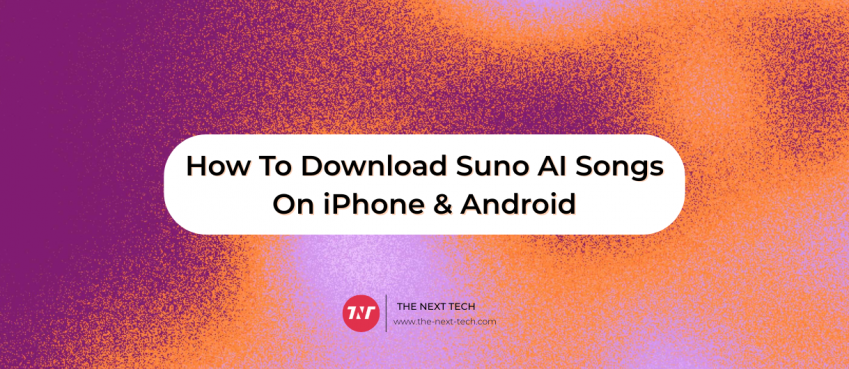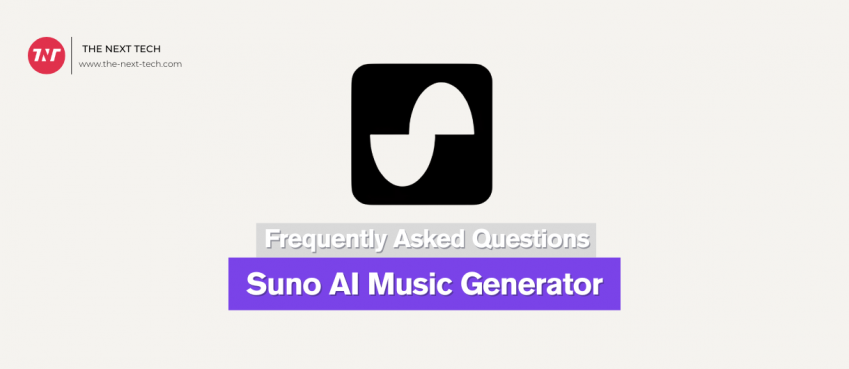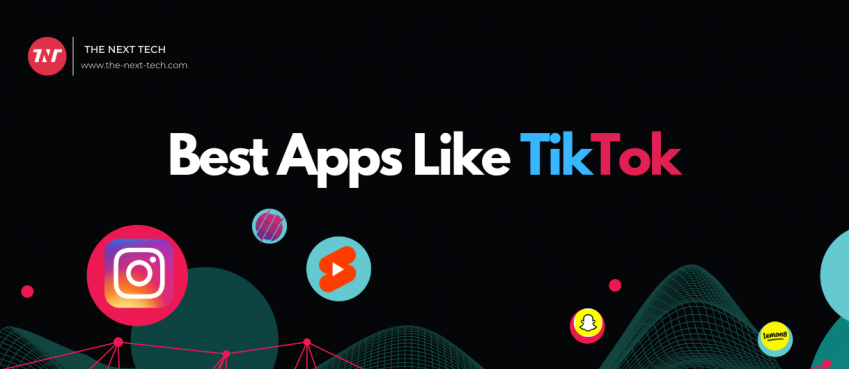
Hybrid mobile apps have been around for quite some time now, but advances in mobile development software and changes in user behaviour have allowed it to grow. Today, users expect hybrid apps, even if they wouldn’t know what a ‘hybrid app’ actually is.
Mobile apps have various types for the development phase, and hybrid apps have been one of the most developed apps for quite a while now.
The changes experienced over time in consumer behaviour have allowed hybrid mobile apps to significantly grow in the past decade.
Users nowadays expect every app to be a hybrid mobile app, even if they don’t fully know what exactly is a hybrid app.
Hybrid apps are applications that can act and perform similarly to a native app, while simultaneously being web apps.
This essentially means that these applications can perform everything that HTML5 can, while also being compatible with the native app features. These features can include accessing the phone’s camera, GPS, etc.
Also read: What Is Freely? A TV Streaming Platform Backed By BBC, ITV, Channel 4 and Channel 5
Hybrid Apps – An Overview
Hybrid apps offer a blended solution for offering flexible applications across multiple channels and platforms, hence, they are named ”hybrid”. These apps consist of two stages –
- Back end code that is built through using languages like CSS, Javascript, and HTML
- Native shell which loads and processes the code using the native browser Webview
The main development phase uniqueness of hybrid apps comes from the crux of the application being coded using languages which come under web technologies domain, and then it is coupled and embedded in a native application.
These applications offer complete access to the features of mobile devices using a multitude of plugins as well.
At its core, a hybrid app is just a web application. Although, rather than the conventional way of the application being run in a web browser, it runs in a native application, which comes coded with its own browser! This browser is not visible to the user.
Advantages of Hybrid Mobile Apps
The mobile app development is much easier than that of normal native applications. This is primarily because they are coded with web-based languages like HTML and Javascript.
Javascript comes with its own codebase as well, which makes the development cycle of hybrid applications much faster than native apps as well.
Although, it is imperative to remember that the development of hybrid apps requires third-party tools which are implemented to make the communication between the native platform and Webview easier.
Hybrid apps typically can run on multiple platforms, and especially on both iOS and Android devices.
This is a primary attraction of hybrid app development, as this means that the hybrid app development company that is developing the app can reuse the codes for developing variations of the apps across different platforms, with minor modifications in the code.
Hybrid vs Web vs Native Applications
When talking about the three types of applications, it is important to know that all come with their own sets of benefits, and disadvantages as well.
- Native applications can only run on the platform they’re specifically built for. They can access almost all the features of the hardware of a mobile device like camera, GPS, accelerometer, network, etc. These applications are only coded in the language that is specific to the platform they’re being built for.
- Web applications are developed to be run as downloaded apps on computer devices, but can also be run on web browsers. These applications are coded in Javascript or HTML. However, web applications cannot access the hardware on any chosen platform, unless it is coded otherwise by the platform app development company.
- Hybrid applications combine the narrative of web applications and native applications together, to produce applications that are cross-channel and cross-platform functional.
The limitations of hybrid apps
However compatible and flexible hybrid apps are, they come with their own limitations. Here are the limitations that a hybrid app development company has to navigate through for building these apps:
- Can’t Exploit the Capabilities of Platforms to its full Potential – All the platforms, whether web or mobile, have their unique capabilities. Mobile app developers cannot fully explore the option of using these unique capabilities to their full potential for hybrid apps. To use these features, they have to use third-party tools, plugins, and separate coding, which complicates the app development process.
- Limitations in UI – Hybrid apps do not come with a design that is as seamless as a native application. There are some areas, such as 3D features, that become restricted in the hybrid app development process as Webview is used for the development of apps. This doesn’t give the developer the freedom of utilizing the platforms’ full potential, as opposed to native apps.
Conclusion
Developing a hybrid app comes with its own set of complexities. But unless you’d want to completely utilize the native features of mobile hardware, choosing to develop a hybrid app is the best option.
Analyze your requirements, evaluate your business goals, and choose the hybrid apps if the aforementioned features in this article are what fits your results.
Top 10 News
-
01
[10 BEST] AI Influencer Generator Apps Trending Right Now
Monday March 17, 2025
-
02
The 10 Best Companies Providing Electric Fencing For Busines...
Tuesday March 11, 2025
-
03
Top 10 Social Security Fairness Act Benefits In 2025
Wednesday March 5, 2025
-
04
Top 10 AI Infrastructure Companies In The World
Tuesday February 11, 2025
-
05
What Are Top 10 Blood Thinners To Minimize Heart Disease?
Wednesday January 22, 2025
-
06
10 Top-Rated AI Hugging Video Generator (Turn Images Into Ki...
Monday December 23, 2024
-
07
10 Top-Rated Face Swap AI Tools (Swap Photo & Video Ins...
Friday December 20, 2024
-
08
10 Exciting iPhone 16 Features You Can Try Right Now
Tuesday November 19, 2024
-
09
10 Best Anatomy Apps For Physiologist Beginners
Tuesday November 12, 2024
-
10
Top 10 Websites And Apps Like Thumbtack
Tuesday November 5, 2024







